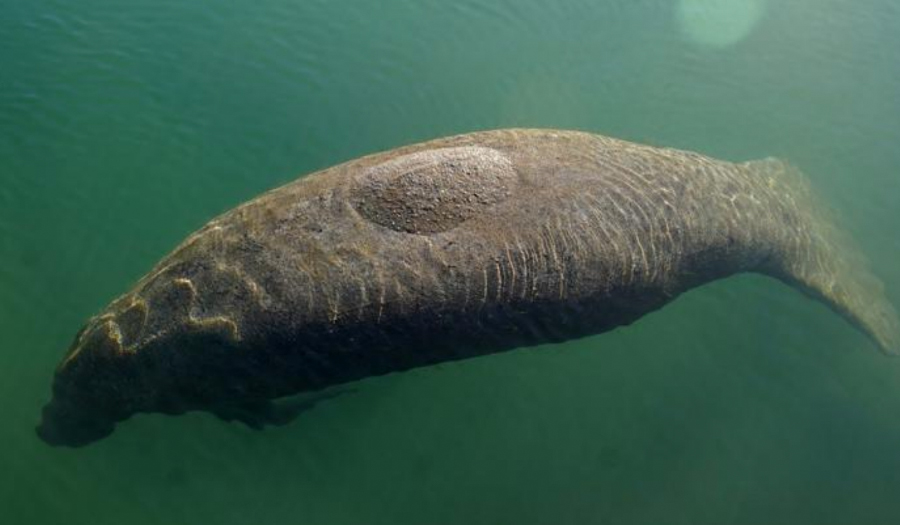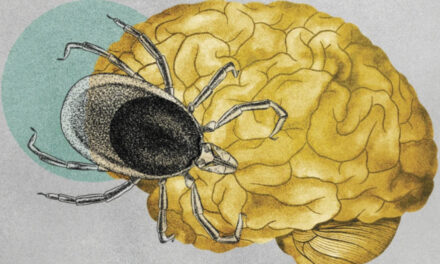St. Petersburg, FL (AP) – The unprecedented, experimental program to feed starving manatees in Florida is ending, but the greater issue is the polluted water that causes the marine mammals to run out of their natural seagrass forage.
Wildlife officials said Thursday that more than 202,000 pounds (91,600 kilograms) of lettuce has been fed to manatees at a power plant on Florida’s east coast where the animals gather in cold months because of the warm water discharge. Most of the cost was through donations from around the world.
With summer’s onset, that effort is ending but probably will resume next winter. Many manatees are still stressed from chronic malnutrition that won’t disappear just because of warmer weather.
Yet, during an online news conference Thursday, officials said the feeding program, again, never done before with wild animals like manatees, was generally a success.
“Going into this, we had no idea how it would work and if it would work,” said Ron Mezich, one of the main Florida Fish and Wildlife Conservation Commission officials involved in the project. “We haven’t had discussions about next winter yet.”
Last winter, a record 1,100 manatees died largely from starvation because water pollution from agricultural, septic tank, urban runoff and other sources has diminished their main winter food source along Florida’s east coast, especially the Indian River Lagoon that stretches from Cape Canaveral to the south.
So far this year, Florida officials have confirmed 479 manatee deaths, compared with more than 600 last year at this same time. Both are well above the five-year average of 287 manatee deaths in the time period.
There are only an estimated 7,520 of the animals in the wild today, according to the state wildlife commission.
Manatees are gentle round-tailed giants, sometimes known as sea cows, and weigh as much as 1,200 pounds (550 kilograms) and live as long as 65 years or so. Manatees are Florida’s official state marine mammal and are closely related to elephants.
Although the feeding program is seen as a success, many manatees are still debilitated from malnutrition and won’t immediately recover, officials said.
“They are still in trouble,” said Martine deWit, a marine mammal veterinarian with the FWC. “It does not mean they are getting better.”
Dozens of distressed manatees have been rescued and taken to places like SeaWorld in Orlando, zoos and aquariums in Florida and elsewhere around the country. As of Thursday, there were more than 80 manatees in care at 14 facilities, almost all suffering from starvation.
This is an unprecedented effort to save a threatened species that has long had difficulty coexisting with humans, from the pollution problem to boat strikes.
“We’re all going to keep working to see what we can do better,” said Teresa Calleson with the U.S. Fish and Wildlife Service.
Aside from the feeding, there is an effort to restore the seagrass beds. Since 2009 about 58% of the seagrass has been lost in the Indian River Lagoon, state estimates show.
State lawmakers appropriated about $8 million for restoration efforts, including access to natural springs and planting new seagrass. This will take years, however, and some political will.
“What’s going to solve the problem is restoring the Indian River Lagoon,” said Tom Reinert, FWC spokesman for the manatee program.
Officials ask anyone who sees a distressed or dying manatee to call the FWC hotline at 888-404-3922.
Photo: Manatee floats in warm water in Florida Power & Light discharge canal









